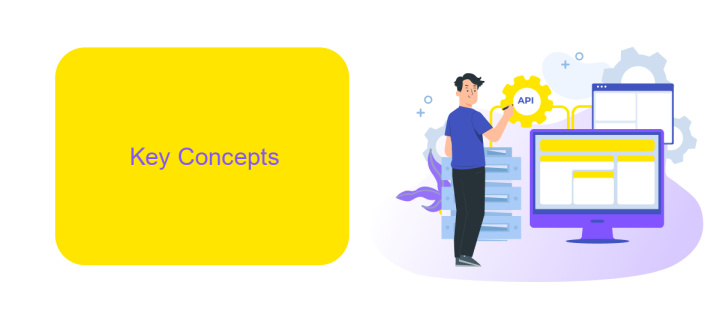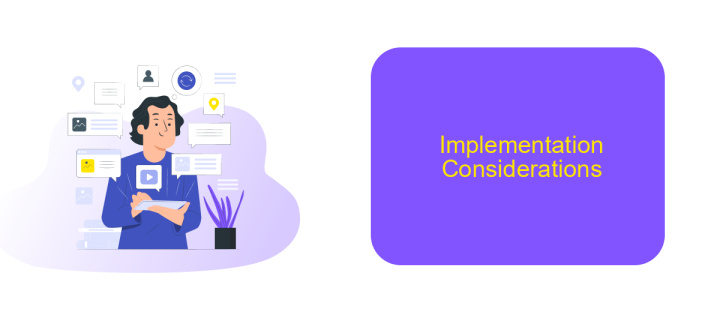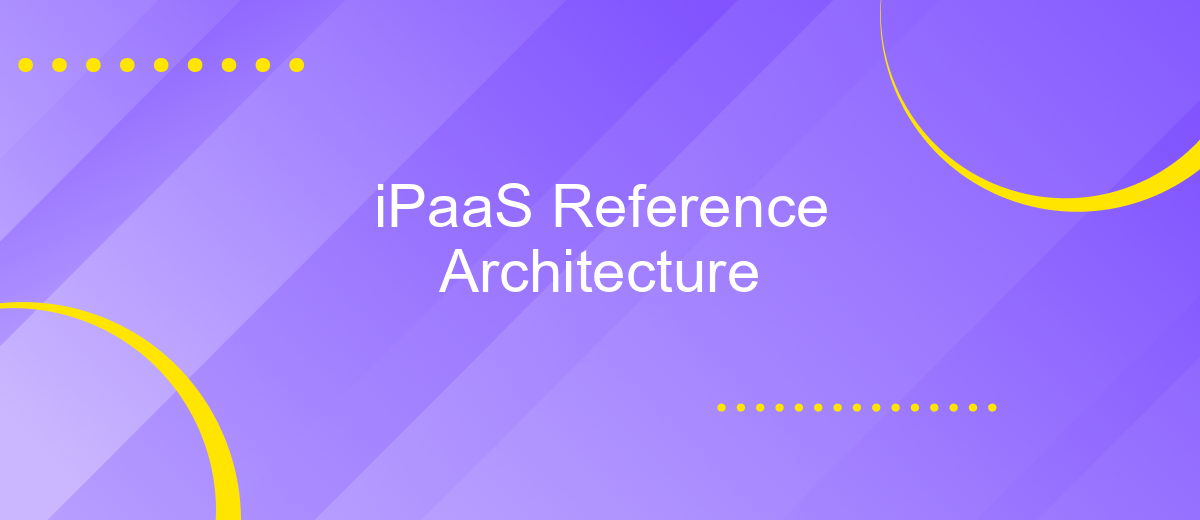iPaaS Reference Architecture
In today's rapidly evolving digital landscape, integrating diverse applications and data sources is crucial for business agility and innovation. Integration Platform as a Service (iPaaS) offers a scalable and efficient solution to these challenges. This article delves into the reference architecture of iPaaS, exploring its key components, benefits, and best practices for seamless integration and optimized performance.
Introduction
Integration Platform as a Service (iPaaS) is a suite of cloud services enabling the development, execution, and governance of integration flows. These flows connect any combination of on-premises and cloud-based processes, services, applications, and data within individual or across multiple organizations. iPaaS solutions facilitate seamless data integration, ensuring business processes are streamlined and efficient.
- Data synchronization between disparate systems
- Automated workflows and processes
- Real-time data processing and analytics
- Scalability and flexibility for growing businesses
One notable example of an iPaaS solution is ApiX-Drive, which simplifies the integration process by offering a user-friendly interface and robust automation capabilities. ApiX-Drive allows businesses to connect various applications and services effortlessly, ensuring that data flows smoothly and operations remain uninterrupted. By leveraging iPaaS platforms like ApiX-Drive, organizations can enhance their operational efficiency and focus on core business objectives.
Key Concepts

iPaaS (Integration Platform as a Service) is a cloud-based integration solution that enables seamless connectivity between disparate systems, applications, and data sources. Key concepts include the ability to design, execute, and manage integration flows without extensive coding. This is achieved through intuitive interfaces and pre-built connectors that streamline the integration process. The platform supports various integration patterns such as data synchronization, API management, and event-driven architectures, ensuring that different systems can communicate and share data effectively.
Another critical concept is the scalability and flexibility of iPaaS solutions, which can adapt to the evolving needs of businesses. For example, ApiX-Drive offers a user-friendly interface that allows non-technical users to set up integrations quickly, reducing the dependency on IT departments. It provides a wide range of pre-configured connectors for popular applications, making it easier to automate workflows and enhance operational efficiency. The platform also includes monitoring and analytics tools to track the performance of integrations, ensuring reliability and continuous improvement.
Architecture Overview

The iPaaS (Integration Platform as a Service) Reference Architecture provides a comprehensive framework for integrating disparate systems, applications, and data sources. It facilitates seamless data flow and process automation across various environments, ensuring scalability, flexibility, and security.
- Data Integration Layer: This layer is responsible for connecting different data sources and ensuring smooth data exchange. It includes connectors, APIs, and data transformation tools.
- Process Integration Layer: This layer handles the orchestration and automation of business processes. It includes workflow engines and business process management tools.
- Security and Governance Layer: This layer ensures data privacy, compliance, and governance. It includes authentication, authorization, and data encryption mechanisms.
- Monitoring and Management Layer: This layer provides tools for monitoring, managing, and optimizing integrations. It includes dashboards, alerts, and performance analytics.
Tools like ApiX-Drive can significantly enhance the integration capabilities within the iPaaS architecture. ApiX-Drive offers a user-friendly interface for setting up integrations, automating workflows, and ensuring data consistency across various platforms. By leveraging such services, organizations can streamline their integration processes and achieve higher operational efficiency.
Implementation Considerations

When implementing an iPaaS solution, several key considerations must be taken into account to ensure a successful deployment. One of the primary factors is the scalability of the platform, as the integration needs of an organization can grow over time. Additionally, the security of data being transferred between systems is paramount, and robust encryption methods should be employed.
Another crucial aspect is the ease of use and configurability of the integration platform. Tools like ApiX-Drive can significantly simplify the process by offering user-friendly interfaces and a wide range of pre-built connectors. This can reduce the time and effort required to establish and maintain integrations.
- Scalability and future growth
- Data security and encryption
- Ease of use and configurability
- Availability of pre-built connectors
Finally, consider the support and documentation provided by the iPaaS vendor. Comprehensive resources and responsive support can make a significant difference in the implementation process, helping to address any issues that may arise promptly and efficiently.
Best Practices
When designing an iPaaS reference architecture, it is crucial to prioritize scalability and flexibility. Ensure that the architecture can handle increasing data volumes and integration demands without compromising performance. Implementing a microservices-based approach can enhance modularity and allow for independent scaling of different components. Additionally, leveraging cloud-native technologies will enable seamless scaling and reduce infrastructure management overhead.
Another best practice is to focus on robust security measures and compliance. Employ end-to-end encryption for data in transit and at rest, and ensure that all integrated services comply with relevant regulatory standards. Utilizing services like ApiX-Drive can streamline the integration process by providing pre-built connectors and automated workflows, reducing the risk of manual errors and enhancing data security. Regularly update and patch all components to safeguard against vulnerabilities and maintain a secure integration environment.
FAQ
What is iPaaS?
How does iPaaS benefit businesses?
What are the key components of an iPaaS reference architecture?
How can businesses implement iPaaS for their integration needs?
What are the common challenges in implementing iPaaS?
Do you want to achieve your goals in business, career and life faster and better? Do it with ApiX-Drive – a tool that will remove a significant part of the routine from workflows and free up additional time to achieve your goals. Test the capabilities of Apix-Drive for free – see for yourself the effectiveness of the tool.

